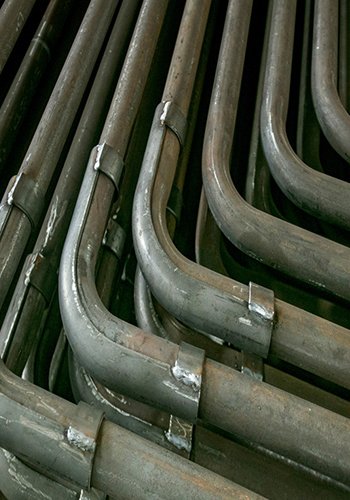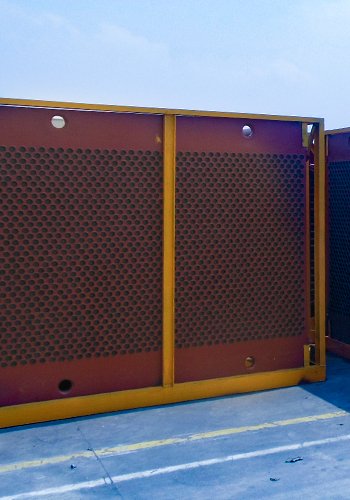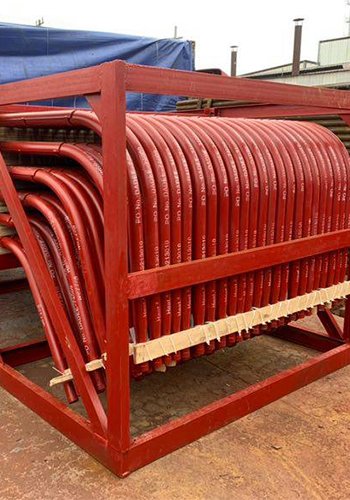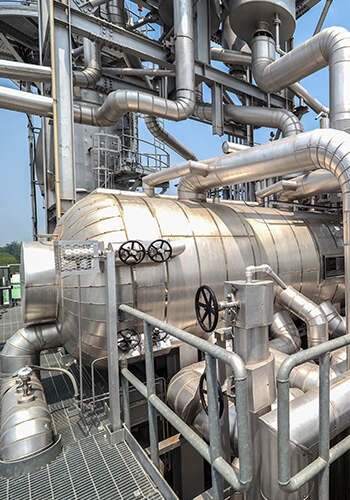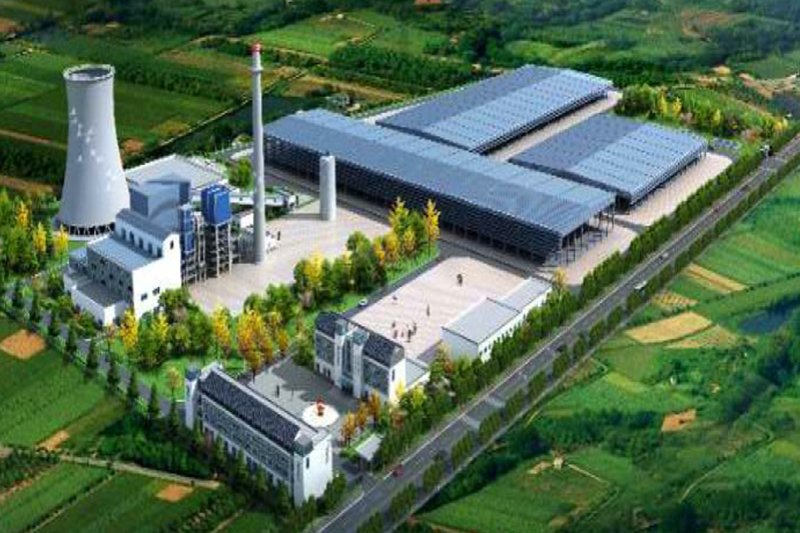In the journey of developing and applying the circulating fluidized bed boiler (CFB boiler), we’ve discovered a host of remarkable advantages. First and foremost, this boiler boasts high combustion efficiency, making it incredibly efficient. It’s a versatile player too, readily adapting to various types of coal. Operating it is a breeze, and it offers a wide range of load adjustments. On top of all that, it’s environmentally friendly, with outstanding ash and slag utilization efficiency and an excellent desulfurization effect. Given these strengths, it’s no wonder the circulating fluidized bed boiler has found its way into power generation, chemical industries, and beyond.
Our hands-on experience and research have shown that when managed carefully, CFB boilers can enhance economic benefits, raise safety standards, and ensure operational stability. This technology isn’t just a game-changer; it’s a game-winner for many industries.
Analyzing Early-Stage Management of CFB Boilers
The smooth and stable operation of a circulating fluidized bed (CFB) boiler hinges primarily on the optimization and adjustment of its early-stage management. Throughout daily operations, numerous factors come into play, influencing the effectiveness of this initial phase. These factors encompass the actual operational environment, the status of production and operations, and manual interventions. To ensure enhanced boiler performance during its early-stage management, it’s imperative to bolster daily inspections, thereby raising environmental protection and energy-saving standards.
To align with daily production requirements, it falls upon relevant personnel to execute comprehensive incoming inspections and verifications for the boiler. If any discrepancies are uncovered that deviate from the stipulated product standards, immediate rectification is necessary to elevate overall quality. Take, for instance, components prone to wear and tear, as well as pressure-related elements; they warrant meticulous random inspections, with a sharp focus on the factory inspection report. This diligence in early-stage management lays the foundation for sustained and reliable long-term operation.
Step 1: Choosing the Right Refractory for Your CFB Boiler
In the initial phase of CFB boiler management, selecting the appropriate refractory material is paramount. This choice must align with the specific requirements of the boiler’s construction process, ensuring it perfectly suits the boiler’s actual needs. The refractory market is highly competitive, especially in recent years. The implementation of various economic construction policies in our country has led to a surge in demand for refractory materials. To streamline procurement and maintain smooth daily operations, a meticulous investigation and analysis are conducted during the purchasing process.
The goal is to ensure that the selected refractory materials offer high performance and do not compromise the long-term operation of the boiler. Once a refractory supplier is chosen, attention should also be paid to the construction techniques employed. These techniques directly impact the safety and stability of boiler operations. During the refractory construction process, special consideration is given to the treatment of asphalt coating on the refractory surface. It is crucial to ensure that the paint film thickness falls within the range of 1mm to 2mm and that the thermal expansion voids of the refractory meet the specified requirements. Failure to do so could potentially affect the refractory’s strength.
After construction, refractory materials require proper maintenance. During this phase, controlling the heating speed and oven duration becomes critical. Gradual heating is essential, with temperatures rising slowly enough to maintain 150°C and a constant temperature for a duration of two days. This process helps eliminate free water from the refractory. Furthermore, during oven operation, it’s essential to use external guard plates prudently to ensure the stable functioning of the oven’s components. Guard plate exhaust holes should be included to effectively release water vapor.
Adapting the technology to the nature of fire-resistant materials is key to meeting specific work requirements. Properly controlling the heating time and speed during the initial startup and firing stages is pivotal in ensuring the refractory’s quality and longevity. These careful considerations in the selection, construction, and maintenance of refractory materials are crucial for a CFB boiler’s stable and reliable operation.
Step 2: Mitigating Water Wall Wear in CFB Boilers
The second step in ensuring the optimal operation of a CFB (Circulating Fluidized Bed) boiler is to implement effective measures to combat water wall wear. This wear is primarily a result of the varying particle sizes of combustion materials in CFB boilers compared to pulverized coal boilers. Due to the unique characteristics of CFB boilers, where fuel undergoes repeated combustion within the furnace and separator, a significant portion of flue gas and solid particles come into contact with the furnace walls. Due to the internal circulation, many of these solid particles fall along the furnace wall, continuously wearing down the water wall. This results in more severe wear and tear over time, affecting the boiler’s efficiency and lifespan.
One effective solution to address this issue is the installation of anti-abrasion plates at the upper end of the water wall pipes in the furnace. During boiler operation, bed material circulates in two ways:
- After being lifted to the top and entering the separator, bed material falls down to the returning leg and returns to the furnace.
- Bed material rises to the top of the hearth in the middle of the furnace and then falls along the inner side of the hearth to the dense-phase zone. This cycle is known as the inner cycle.
While fire-resistant and wear-resistant materials are laid in the dense-phase zone, most of the water wall pipes in this area remain uncovered. During the inner circulation, bed material falls along the inner furnace wall at high speeds, creating what’s called a “Wall-sticking flow,” which causes significant wear on the exposed water wall pipes. The velocity of this “Wall-to-wall flow” directly influences the extent of water wall tube wear.
To address this issue effectively, it is necessary to reduce the velocity of the “Wall-to-wall flow.” This can be achieved by strategically installing cross plates. The placement of these plates should be determined based on the localized wear of water wall tubes caused by the flow field in the furnace. If certain areas of the water wall show signs of wear, vertical plates should be installed to mitigate the problem.
For example, in one circulating fluidized bed boiler at a company, the installation of anti-wear plates led to a decrease in the velocity of the inner circulating “Wall-sticking flow” when it encountered the barrier created by the cross plate during the descent phase. This change in flow direction reduced the quantity of bed material adhering to the water-cooled wall tube, effectively reducing wear and preserving the integrity of the boiler’s water wall.
By implementing these measures, you can significantly extend the lifespan of your CFB boiler and maintain its operational efficiency.
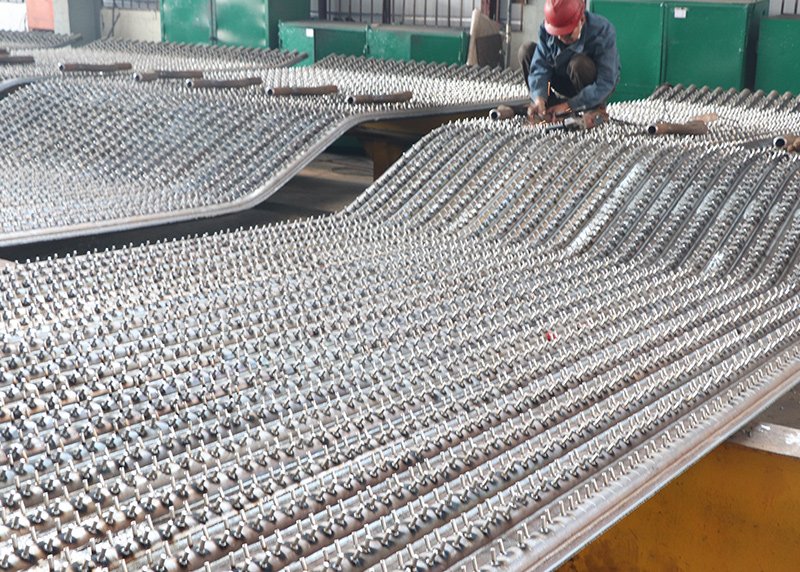
Step 3: Managing Combustion System Instability Due to Coal Quality Changes
In the third step of maintaining stable CFB boiler operation, we delve into the potential combustion system instability caused by fluctuations in coal quality. It’s essential to analyze and evaluate the safety risks stemming from this instability. When coal quality varies, it can lead to unpredictable shifts in the combustion system. These fluctuations can result in significant changes in key parameters such as bed temperature, air chamber pressure, steam temperature, pressure, and material layer pressure. Consequently, the stability and economic performance of the boiler operation are profoundly impacted.
Failure to promptly address these issues by adjusting working parameters can lead to auxiliary system overload and, in severe cases, operational accidents or downtime. For instance, elevated moisture content in coal can lead to blockages in the coal conveying system and bunker, prolonging coal loading times, reducing equipment utilization, and increasing maintenance workload.
Frequent occurrences of coal clumping in the boiler bunker or coal feeder jams can not only alter the combustion state within the boiler but also disrupt system stability, necessitating increased resources for corrective action. To manage these challenges effectively, it’s crucial to develop optimization strategies tailored to the specific risks associated with coal quality changes.
Real-time monitoring of coal combustion within the boiler is imperative. It’s also essential to promptly analyze and calculate the calorific value of the coal quality. Based on these calculations, adjust the air-coal blending ratio to accommodate various coal qualities. For coal with high volatile combustibles, which generate more heat rapidly, a higher oxygen content secondary air intake is necessary to ensure complete combustion.
Considering actual operational conditions, especially the typically lower bed temperature of the boiler, it becomes essential to reduce primary air volume and raise temperatures while maintaining a stable combustion process based on secondary air rates. This strategic approach helps mitigate the adverse effects of coal quality variations, ensuring the safety and efficiency of CFB boiler operation.
Step 4: Fine-Tuning Bed Temperature and Air Volume for Optimal Combustion
In the operation of a boiler, we’re not just dealing with an evaporation device; it’s also a complex combustion system. Achieving complete combustion within the boiler is the cornerstone of our research, design, manufacturing, installation, and operational responsibility. In theory, the carbon, hydrogen, and combustible sulfur atoms in coal can combine entirely with oxygen atoms in the air, but this is challenging to achieve in practice. To reach the optimum combustion condition, which relies on four factors – temperature, time, thorough mixing, and ample oxygen – we must adapt to the boiler’s current operational status .
CFB boilers employ low-temperature combustion technology, leading to more stable combustion at lower temperatures compared to pulverized coal boilers. Higher temperatures in the furnace result in faster reaction rates and shorter combustion times. While the combustion efficiency of CFB boilers is generally lower than that of conventional pulverized coal boilers, in practice, many large and medium-sized CFB boilers approach the efficiency levels of their counterparts, with some large CFB boilers achieving an impressive 90% efficiency. The popularity of CFB boilers can be attributed, in part, to their lower demands for fuel quality compared to typical pulverized coal boilers.
The process of coal combustion in a CFB boiler parallels that of other boilers. Water is slowly evaporated through preheating, followed by the burning of volatiles in the dense zone of the boiler. Smaller coal particles are carried to the dilute phase zone by the strong gas flow, while carbon particles that aren’t fully burned are separated by cyclone separators and returned to the furnace for further combustion. Larger coal particles are lifted high in the furnace by the fluidized air and fall back down from the side wall to the bed, undergoing multiple combustion cycles within the furnace. Throughout this cycle, the furnace’s temperature remains relatively stable, facilitating the mixture of fuel and oxygen atoms and thereby maintaining high combustion efficiency.
To adjust the operational state of the boiler, operators only need to fine-tune primary and secondary air volume, air pressure, coal feed rate, bed temperature, bed pressure, and oxygen content within the specified ranges. Based on theoretical analysis and operational experience, the optimum ratio of primary to secondary air flow depends on the coal’s volatile matter content. For higher volatile coal, a ratio of about 6:4 is ideal, while for lower volatile coal, a similar ratio is preferred. Combustion efficiency can reach its peak when this ratio is maintained between 5:5 and 6:4.
For loads below 50% of the rated load, secondary fans can be deactivated to reduce power consumption. To minimize heat loss in boiler flue gas, oxygen content should be adjusted to fall between 3% and 6%. For coal and lignite, this range is narrower, between 3% and 5%, with volatile content not exceeding 10%. In the case of high-volatile coal, raising the oxygen content to 5% to 6% is advisable.
Controlling the differential pressure of the material layer according to boiler design is crucial. Coal with high volatile content burns quickly, while low volatile coal burns more slowly. Thus, optimizing the material layer operation level can improve combustion time in the boiler. Furnace differential pressure is ideally set between 1000 and 1500 kPa to maintain positive pressure during normal operation, with the furnace temperature targeted at 900 to 950 °C. These conditions maximize combustion efficiency, simplify load control, minimize initial nitrogen oxide production, and ensure the boiler operates within design standards.
Conversely, poor combustion efficiency not only complicates load control but also threatens safety, stable operation, and denitrification efficiency. This, in turn, impacts a company’s market reputation and economic profits. Thus, fine-tuning bed temperature and air volume is an integral step in ensuring CFB boiler stability and optimal performance.
Step 5: Addressing Air Preheater Pollution, Blockage, and Corrosion for Boiler’s Economic and Stable Operation
In recent years, the majority of circulating fluidized bed (CFB) boilers have embraced selective non-catalytic reduction (SNCR) or selective catalytic reduction (SCR) denitrification processes. While these processes are effective in reducing nitrogen oxide emissions, they come with challenges. Often, an excess of denitrification agents, such as ammonium bisulfate, is applied to the air preheater. This can result in a mixture of fly ash that causes pollution, blockages, and, in severe cases, corrosion.
As a CFB boiler accumulates operating hours, the resistance and air leakage of the air preheater tend to increase significantly. This, in turn, escalates the electricity consumption of primary and secondary fans, as well as induced draft fans. Moreover, a higher oxygen content in the flue gas can make nitrogen oxide control more challenging. In such situations, the boiler may need to reduce its operating load to maintain stable operations.
Short-term measures to address this issue involve cleaning the air preheater tube bundles, reducing flue gas resistance, and plugging or replacing corroded and leaking tube bundles at both ends. These steps help lower air leakage rates and enhance performance.
For long-term solutions, optimizing and upgrading the denitrification process is essential. This includes reducing the use of denitrification reducing agents. Additionally, replacing the air preheater pipes with materials that offer better corrosion resistance is necessary. The goal is to maintain heat transfer efficiency while minimizing the retention of pollution-blocking materials and shortening the air preheater’s pollution-blocking period.
By implementing these measures, a CFB boiler can continue to operate economically and efficiently, ensuring both environmental compliance and long-term stability.
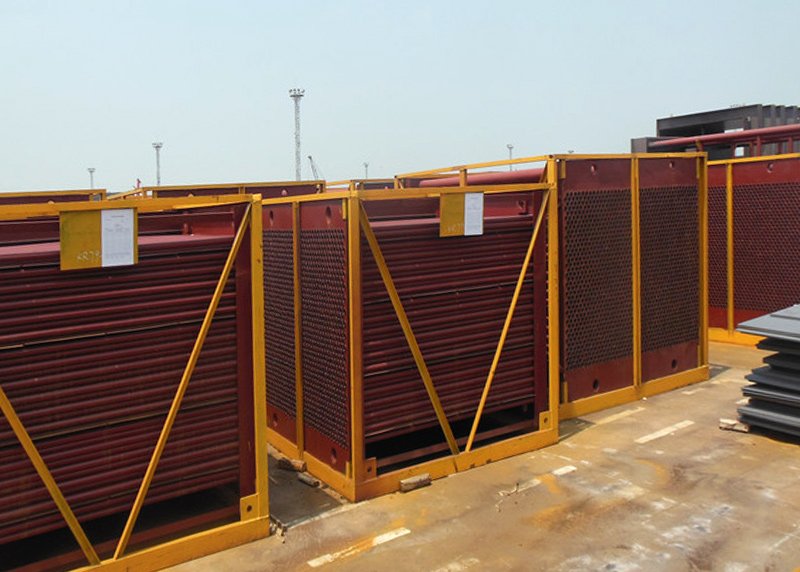
In summary, guaranteeing the safety and stability of a circulating fluidized bed boiler during its practical operation demands a well-rounded approach. It involves optimizing the boiler’s internal applications, making informed choices in anti-wear measures, and ensuring that the personnel involved are attentive to these aspects of the operation. Vigilant management practices are crucial for maintaining boiler efficiency and safety.
[Source] Yi Zhang, Discussion on economic and stable operation of circulating fluidized bed boilers, Tianjin Chemical Industry 2022[9]:96-99
DHB Boiler
Discover The Superior Quality And Cutting-Edge Technology Of DHB Boilers. Explore Our Range Of Biomass Boilers, Waste Heat Boilers, And More. Take Your Industrial Operations To New Heights With DHB Boiler.
